Home>Gardening & Outdoor>Plant Care & Gardening Tips>When To Sow Wildflower Seeds In The UK
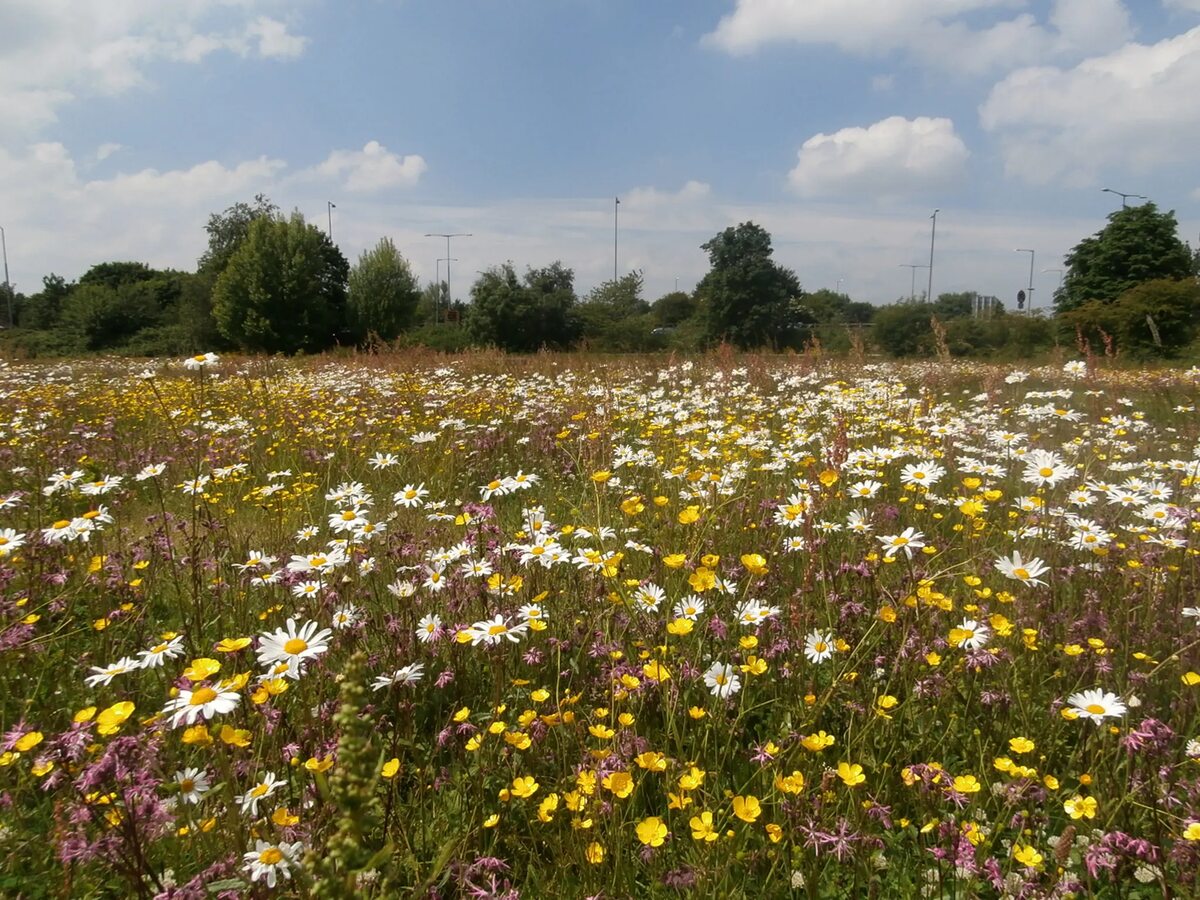

Plant Care & Gardening Tips
When To Sow Wildflower Seeds In The UK
Modified: March 24, 2024
Discover the best time to sow wildflower seeds in the UK and get expert plant care and gardening tips to ensure a thriving garden. Explore our comprehensive guide now!
(Many of the links in this article redirect to a specific reviewed product. Your purchase of these products through affiliate links helps to generate commission for Storables.com, at no extra cost. Learn more)
Introduction
Wildflowers are not only beautiful but also play a crucial role in supporting biodiversity and maintaining a healthy ecosystem. Whether you're a seasoned gardener or just starting, sowing wildflower seeds can be a rewarding and environmentally friendly way to enhance your outdoor space. In the UK, the diverse climate and soil conditions offer an ideal environment for a wide variety of wildflowers to thrive.
Understanding the unique characteristics of wildflowers and their specific requirements is essential for successful cultivation. From choosing the right seeds to knowing the optimal time for sowing, there are several key factors to consider. This article will guide you through the process of sowing wildflower seeds in the UK, providing valuable insights into the best practices for nurturing these enchanting blooms.
By delving into the world of wildflowers, you'll not only add vibrant colors to your garden but also contribute to the preservation of native plant species and the overall well-being of local wildlife. Let's embark on this floral journey and explore the wonders of sowing wildflower seeds in the UK.
Key Takeaways:
- Sowing wildflower seeds in the UK supports local wildlife and creates a vibrant garden. Choose native seeds and sow in autumn for best results.
- Follow best practices for sowing and maintaining wildflower gardens to support local biodiversity and create a beautiful, eco-friendly outdoor space.
Read more: When To Sow Echinacea Seeds
Understanding Wildflowers
Wildflowers, also known as native flowers, are plants that grow naturally in a specific region without direct human intervention. These plants have adapted to the local climate, soil, and environmental conditions over time, making them well-suited for the area. In the UK, wildflowers encompass a diverse range of species, each with its own unique characteristics and habitat preferences.
One of the most remarkable aspects of wildflowers is their ability to attract and support local wildlife, including pollinators such as bees, butterflies, and other beneficial insects. Their nectar-rich blooms and pollen provide essential food sources for these creatures, contributing to the overall health of the ecosystem. Additionally, wildflowers play a crucial role in stabilizing soil, preventing erosion, and contributing to the natural beauty of the landscape.
When selecting wildflower seeds for your garden, it’s important to consider the native species that are indigenous to your specific region in the UK. By choosing locally adapted wildflowers, you can help preserve the natural balance of the local ecosystem while creating a sustainable and low-maintenance garden. Understanding the unique characteristics and growth habits of different wildflower species will empower you to make informed decisions when selecting and sowing seeds.
By cultivating an appreciation for the intrinsic value of wildflowers, you can actively participate in the conservation of native plant species and contribute to the overall environmental well-being of your community. As we delve deeper into the world of wildflowers, we’ll explore the process of choosing the right seeds and uncover the best practices for sowing and nurturing these captivating blooms in your garden.
Choosing the Right Seeds
When embarking on a wildflower gardening journey in the UK, selecting the right seeds is a pivotal step in creating a thriving and sustainable floral display. The diverse ecosystems across the UK encompass a wide array of wildflower species, each with its own unique requirements and growing conditions. To ensure the success of your wildflower garden, it’s essential to choose seeds that are well-suited to your specific region and the intended growing environment.
One of the key considerations when selecting wildflower seeds is to prioritize native species that are indigenous to the UK. Native wildflowers have evolved to thrive in the local climate and soil conditions, making them resilient and well-adapted to the environment. By choosing native seeds, you contribute to the preservation of local biodiversity and support the natural balance of the ecosystem.
Another aspect to consider is the desired purpose of your wildflower garden. Whether you aim to attract pollinators, create a vibrant visual display, or establish a low-maintenance natural habitat, there are wildflower seed mixes tailored to specific objectives. For instance, pollinator-friendly seed mixes are designed to attract bees, butterflies, and other beneficial insects, while meadow mixes offer a diverse range of native wildflowers suitable for creating a naturalistic meadow setting.
Furthermore, understanding the growth habits and environmental preferences of different wildflower species is crucial for selecting complementary seeds that will thrive together. Some wildflowers prefer sunny, well-drained areas, while others thrive in partially shaded or damp conditions. By considering the specific requirements of each species, you can create a harmonious wildflower garden that supports a variety of plant and animal life.
When purchasing wildflower seeds, it’s advisable to obtain them from reputable suppliers that provide high-quality, locally sourced seeds. This ensures that the seeds are well-suited to the UK climate and have been ethically sourced to support sustainable practices. By making informed choices and selecting the right seeds for your wildflower garden, you set the stage for a flourishing and ecologically beneficial floral haven.
Best Time to Sow Wildflower Seeds
Timing plays a crucial role in the successful establishment of wildflower seeds, and understanding the best time to sow them is essential for achieving optimal results. In the UK, the ideal time for sowing wildflower seeds largely depends on the specific species and the prevailing weather conditions in different regions.
For many wildflower species, the recommended time for sowing seeds is during the autumn months, typically from September to early November. This timeframe allows the seeds to undergo a process called stratification, where they experience a period of cold and damp conditions, mimicking the natural cycle they would encounter in the wild. This cold stratification helps to break seed dormancy and enhances germination rates when the conditions become favorable in the following spring.
Autumn sowing also benefits from the moisture provided by seasonal rainfall, which aids in the natural hydration of the seeds and provides an optimal environment for germination. Additionally, the cooler temperatures and reduced competition from weeds during the winter months create favorable conditions for the establishment of young wildflower seedlings.
Alternatively, some wildflower species can be sown in early spring, typically from March to May, when the soil begins to warm up and the risk of frost diminishes. Spring sowing allows the seeds to germinate and establish themselves during the warmer months, leading to robust growth and vibrant blooms in the summer and early autumn.
It’s important to note that the best time for sowing wildflower seeds may vary based on the specific requirements of the chosen species and the local climate conditions. Coastal regions, upland areas, and urban environments may have distinct microclimates that influence the optimal sowing times for wildflowers.
When planning the timing of sowing wildflower seeds, it’s beneficial to consider the natural growth cycle of the selected species, the prevailing weather patterns, and the local soil conditions. By aligning the sowing process with the most favorable time for germination and establishment, you can maximize the success of your wildflower garden and enjoy a spectacular display of native blooms.
How to Sow Wildflower Seeds
Sowing wildflower seeds is a delightful and rewarding process that allows you to actively participate in the creation of a vibrant and biodiverse garden. To ensure the successful establishment of wildflowers, it’s essential to follow best practices and consider the specific requirements of the chosen species. Whether you’re sowing seeds in a dedicated wildflower meadow, a garden border, or a container, the following steps will guide you through the process of sowing wildflower seeds in the UK.
Read more: When To Sow Kale Seeds
1. Site Preparation
Before sowing wildflower seeds, prepare the chosen site by removing any existing vegetation and cultivating the soil to create a loose, fine tilth. This helps to create an optimal seedbed for sowing and encourages good seed-to-soil contact, which is essential for germination.
2. Seed Selection
Choose a high-quality wildflower seed mix that is well-suited to the intended growing environment and supports local biodiversity. Consider the specific characteristics and growing requirements of the selected wildflower species to ensure compatibility with the site conditions.
3. Sowing Method
Wildflower seeds can be sown by hand broadcasting, using a seed spreader, or through a technique known as “turfing,” where the seeds are mixed with compost and spread as a uniform layer. Ensure even distribution of the seeds across the prepared area to achieve a naturalistic and diverse planting pattern.
4. Seed Depth
As a general guideline, most wildflower seeds should be sown at a shallow depth, typically around 1-2mm, and lightly raked into the soil surface. However, it’s important to refer to the specific sowing instructions provided with the seed mix, as some species may have unique requirements for optimal germination.
Read more: When To Sow Lupine Seeds
5. Watering and Protection
After sowing, gently water the seeded area to ensure the soil is moist but not waterlogged. Protect the sown area from birds by using netting or applying a light covering of mulch to deter seed predation while allowing light to reach the seeds.
6. Maintenance
Monitor the sown area regularly and provide supplemental watering if the weather is dry, especially during the germination and early growth stages. As the wildflower seedlings emerge, carefully manage weeds to reduce competition and allow the young plants to establish themselves.
By following these steps and paying attention to the specific requirements of the chosen wildflower species, you can sow seeds with confidence and set the stage for a flourishing display of native blooms in your garden or outdoor space.
Maintenance and Care
Once the wildflower seeds have been sown and the initial stages of growth have commenced, ongoing maintenance and care are essential to nurture the developing plants and ensure a thriving wildflower display. By implementing thoughtful management practices and providing the necessary attention, you can support the long-term health and vitality of your wildflower garden in the UK.
1. Watering
During the initial stages of growth, it’s crucial to monitor the moisture levels in the soil and provide supplemental watering if the weather is dry. While established wildflowers are generally resilient and adapted to local conditions, young seedlings benefit from consistent moisture to support healthy growth and establishment.
Read more: When To Sow Wildflower Seeds In Oregon
2. Weed Control
Managing weeds is an important aspect of wildflower maintenance, especially during the early stages of growth. Regularly inspect the planted area and carefully remove any competing vegetation to reduce competition for resources and create an optimal environment for the wildflowers to flourish.
3. Fertilization
Wildflowers, particularly native species, are well-adapted to the nutrient levels present in the local soil. Excessive fertilization can lead to an imbalance and may favor the growth of aggressive species over the delicate wildflowers. In most cases, minimal or no additional fertilization is necessary for established wildflower displays.
4. Mowing and Deadheading
If your wildflower garden includes perennial species, consider a selective mowing regime that allows the wildflowers to set seed before cutting back the vegetation. Deadheading, or the removal of spent blooms, can also encourage prolonged flowering and prevent self-seeding in areas where control is desired.
5. Observational Monitoring
Regularly observe the wildflower garden to assess the health and vigor of the plants, identify any signs of pests or diseases, and appreciate the seasonal changes and blooming patterns. This attentive approach allows you to intervene promptly if issues arise and fosters a deeper connection with the natural rhythms of the garden.
Read more: When To Sow Wildflower Seeds In Colorado
6. Long-Term Management
As the wildflower garden matures, consider the long-term management strategies that align with your goals and the ecological context. Whether it involves naturalizing the area, expanding the diversity of plant species, or supporting specific wildlife populations, thoughtful management can enhance the ecological value and aesthetic appeal of the wildflower garden.
By implementing these maintenance and care practices, you can foster a flourishing and sustainable wildflower garden that not only enriches the local environment but also provides a captivating and ever-changing tapestry of native blooms throughout the seasons.
Conclusion
Embarking on the journey of sowing wildflower seeds in the UK is a gratifying endeavor that enables you to connect with nature, support local biodiversity, and create a visually captivating and ecologically beneficial outdoor space. By understanding the unique characteristics of wildflowers, selecting the right seeds, and following best practices for sowing and maintenance, you can cultivate a flourishing wildflower garden that enriches the landscape and contributes to the well-being of the surrounding ecosystem.
As you immerse yourself in the world of wildflowers, consider the inherent value of native plant species and their essential role in supporting local wildlife, including pollinators and other beneficial insects. By choosing native seeds and creating a habitat that mirrors the natural environment, you actively participate in the conservation of indigenous flora and contribute to the preservation of the UK’s rich botanical heritage.
The beauty of sowing wildflower seeds lies not only in the visual spectacle of blooming meadows and vibrant garden borders but also in the deeper ecological impact that extends to the broader landscape. Wildflowers have the power to enhance soil health, stabilize ecosystems, and create vital corridors for wildlife, fostering a more resilient and biodiverse environment for generations to come.
As you witness the first delicate blooms emerge and the diverse array of wildflowers paint the landscape with their hues, take a moment to appreciate the intricate web of life that unfolds within your wildflower garden. From the industrious buzz of pollinators to the graceful dance of butterflies, your garden becomes a sanctuary for a myriad of creatures, each playing a part in the intricate tapestry of nature.
By sowing wildflower seeds and nurturing the resulting garden, you become a steward of the land, fostering a space where the beauty of wildflowers intertwines with the rhythms of the natural world. Your efforts contribute to the preservation of native flora, the support of local wildlife, and the creation of a haven that celebrates the untamed splendor of the UK’s wildflowers.
So, as you embark on this floral journey, may the vibrant blooms and the harmonious dance of nature in your wildflower garden inspire a deeper connection to the land and a profound appreciation for the delicate yet resilient beauty of wildflowers in the UK.
Frequently Asked Questions about When To Sow Wildflower Seeds In The UK
Was this page helpful?
At Storables.com, we guarantee accurate and reliable information. Our content, validated by Expert Board Contributors, is crafted following stringent Editorial Policies. We're committed to providing you with well-researched, expert-backed insights for all your informational needs.
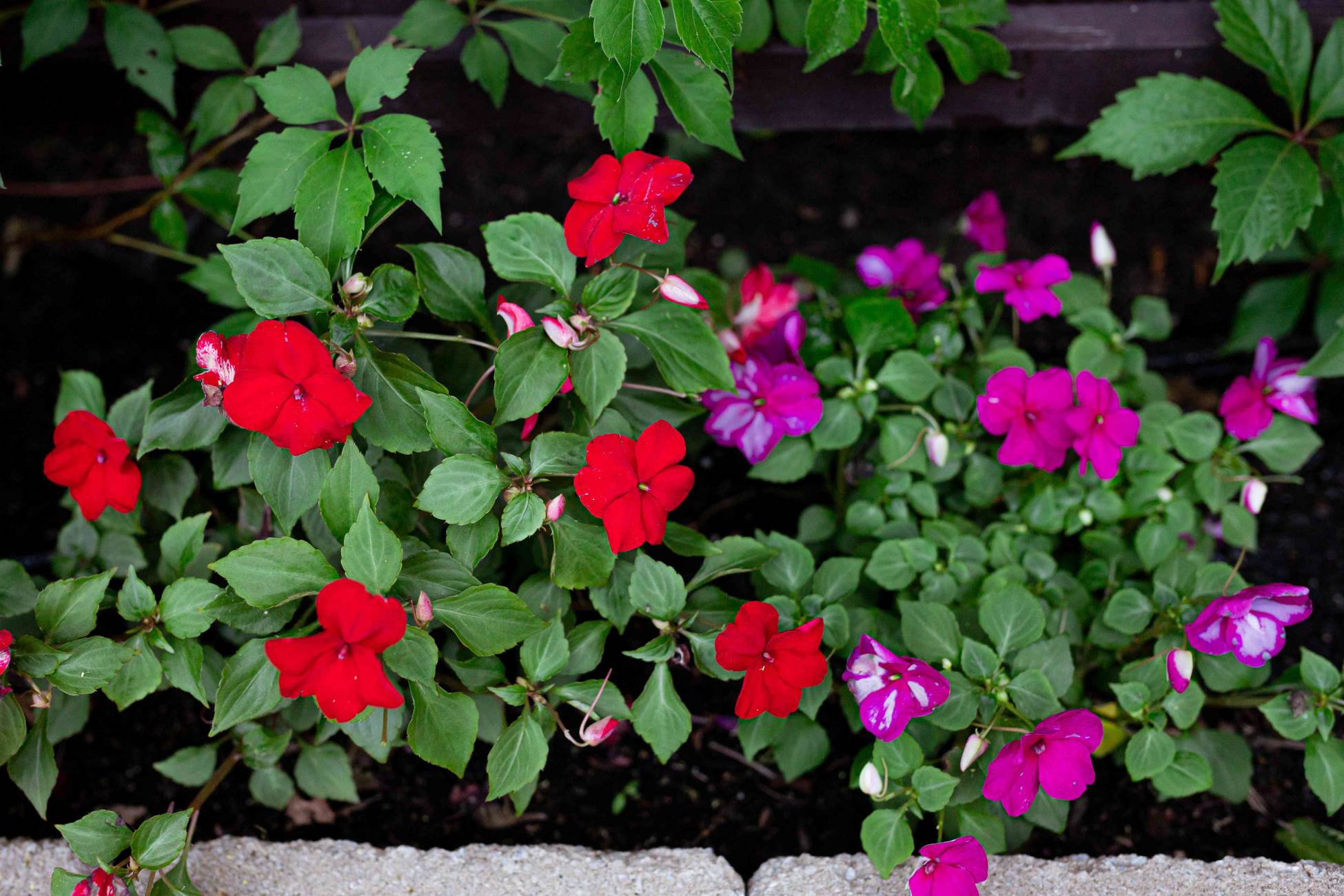
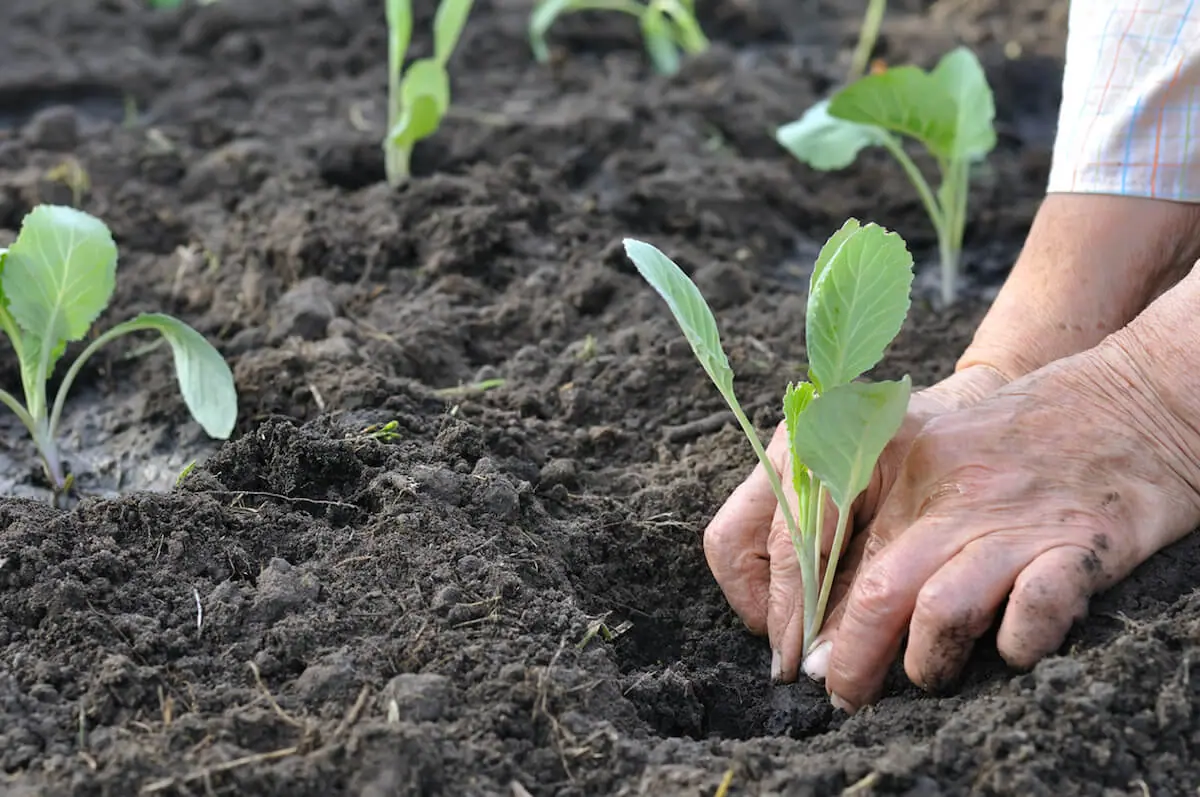
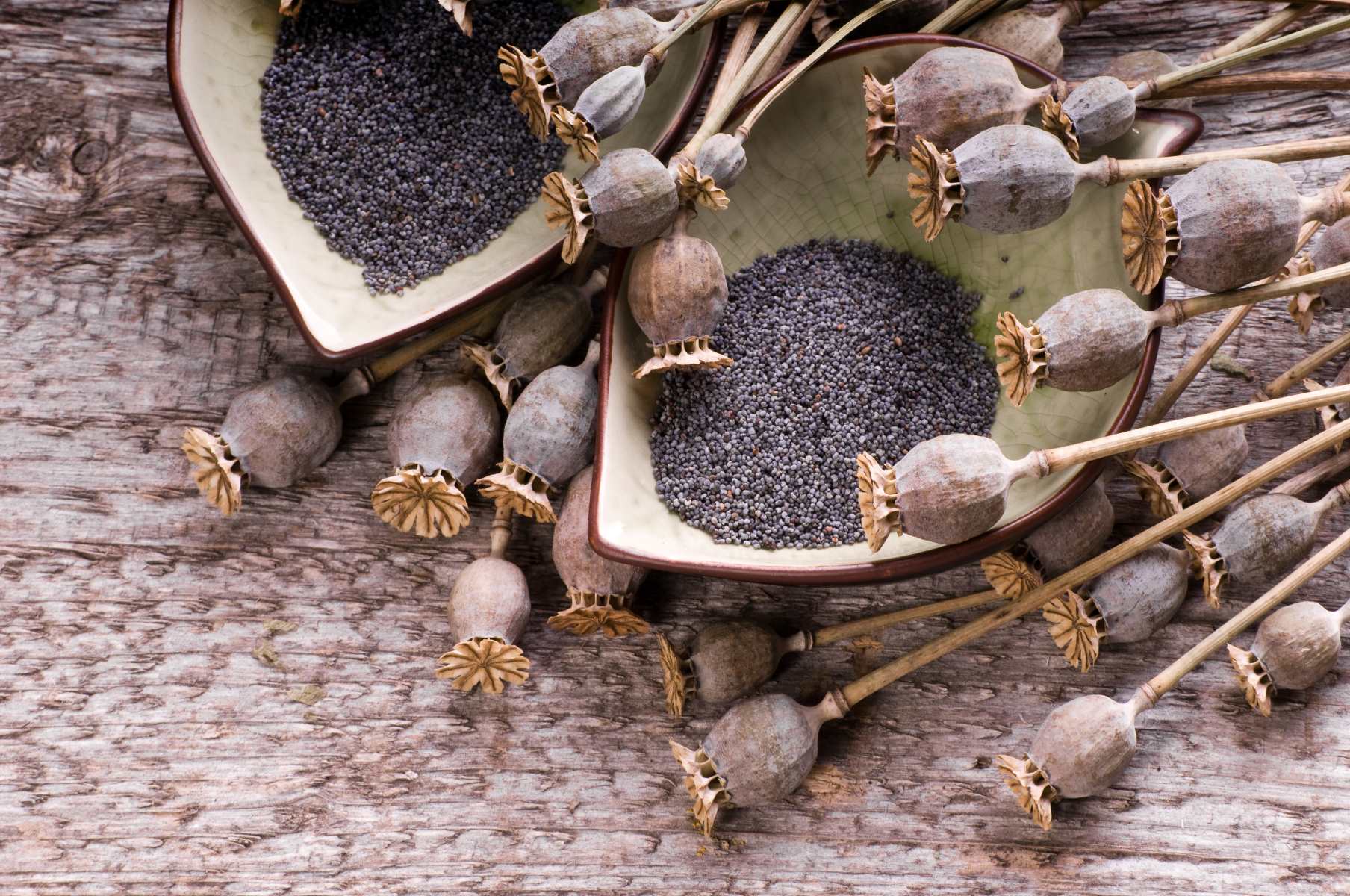
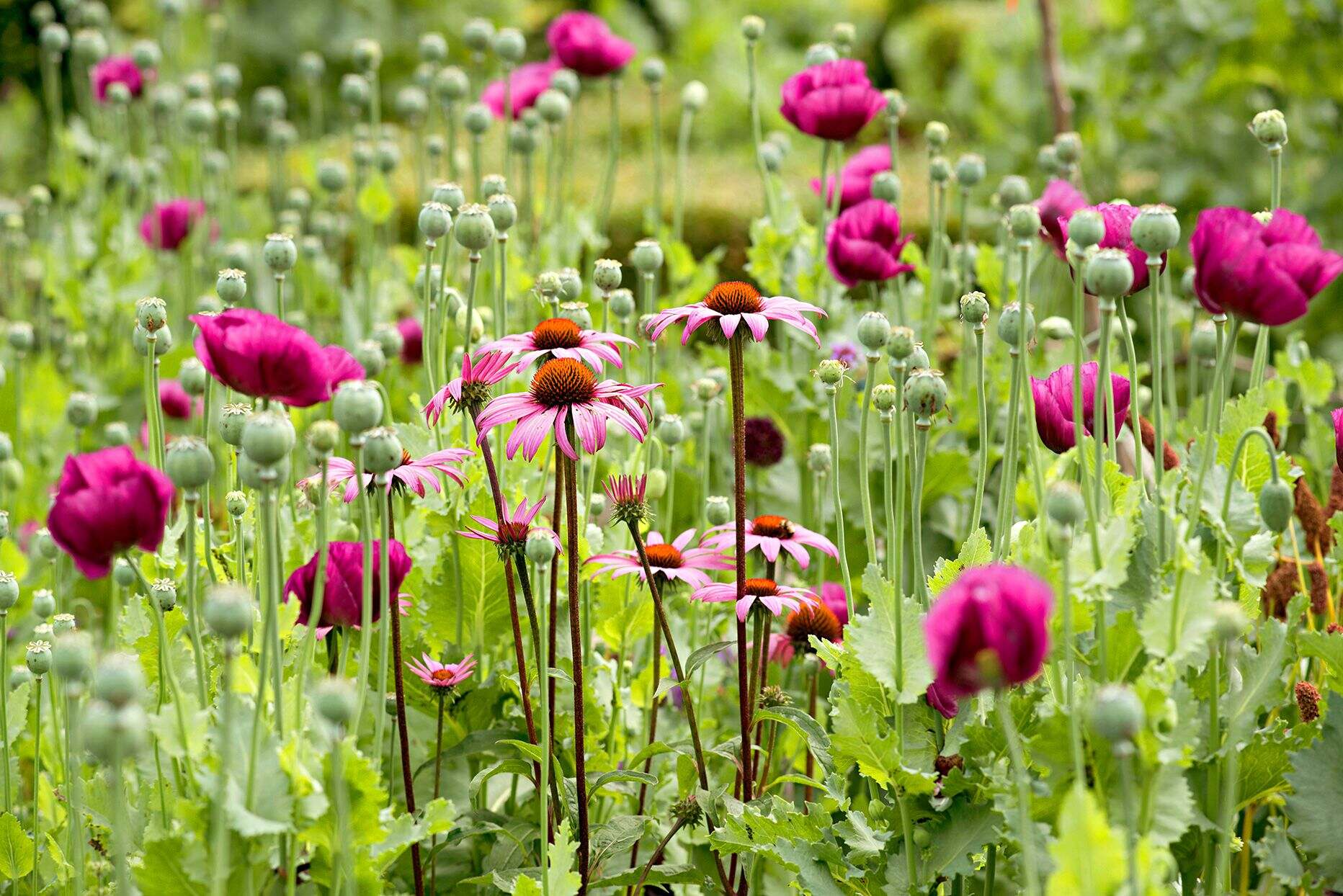
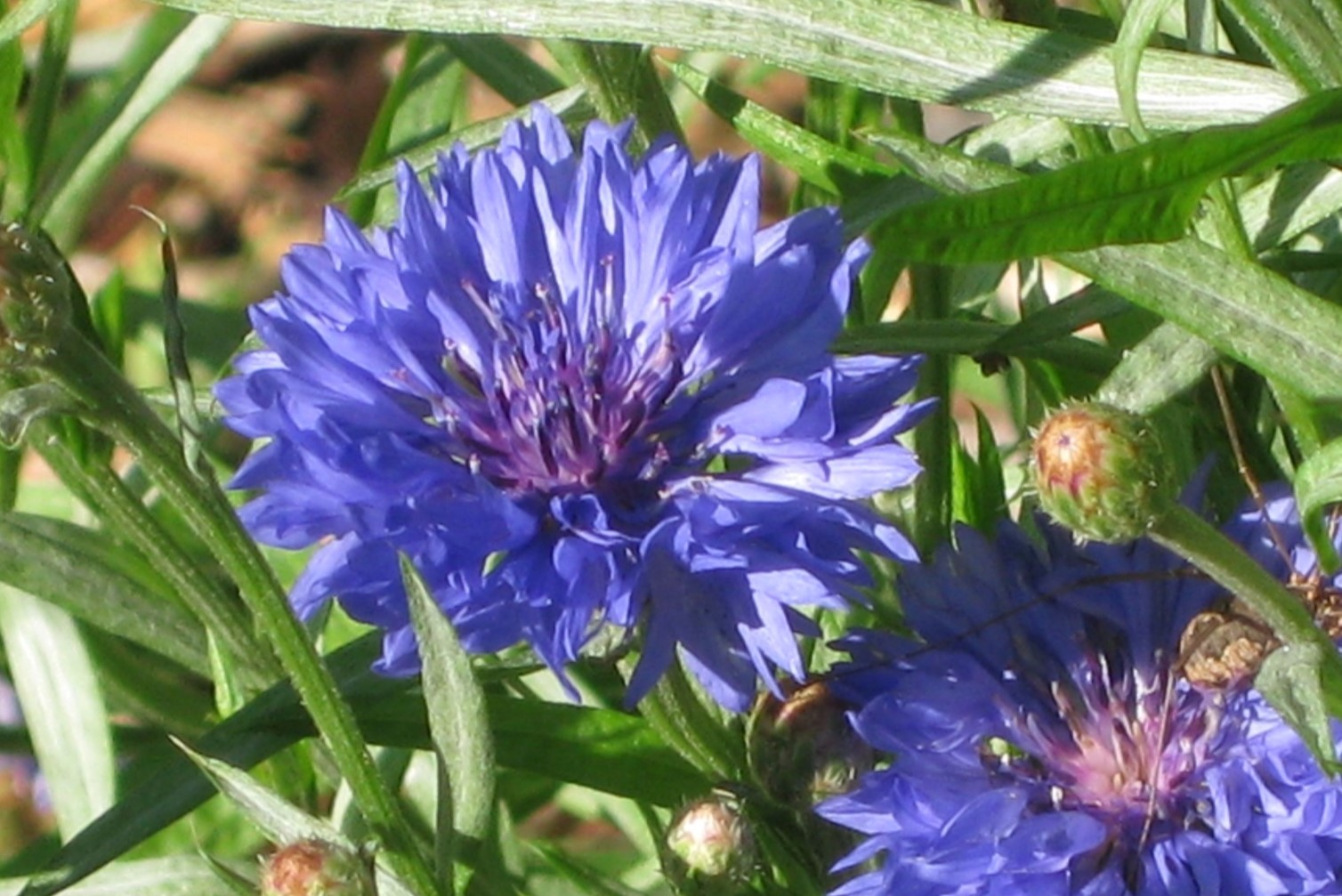
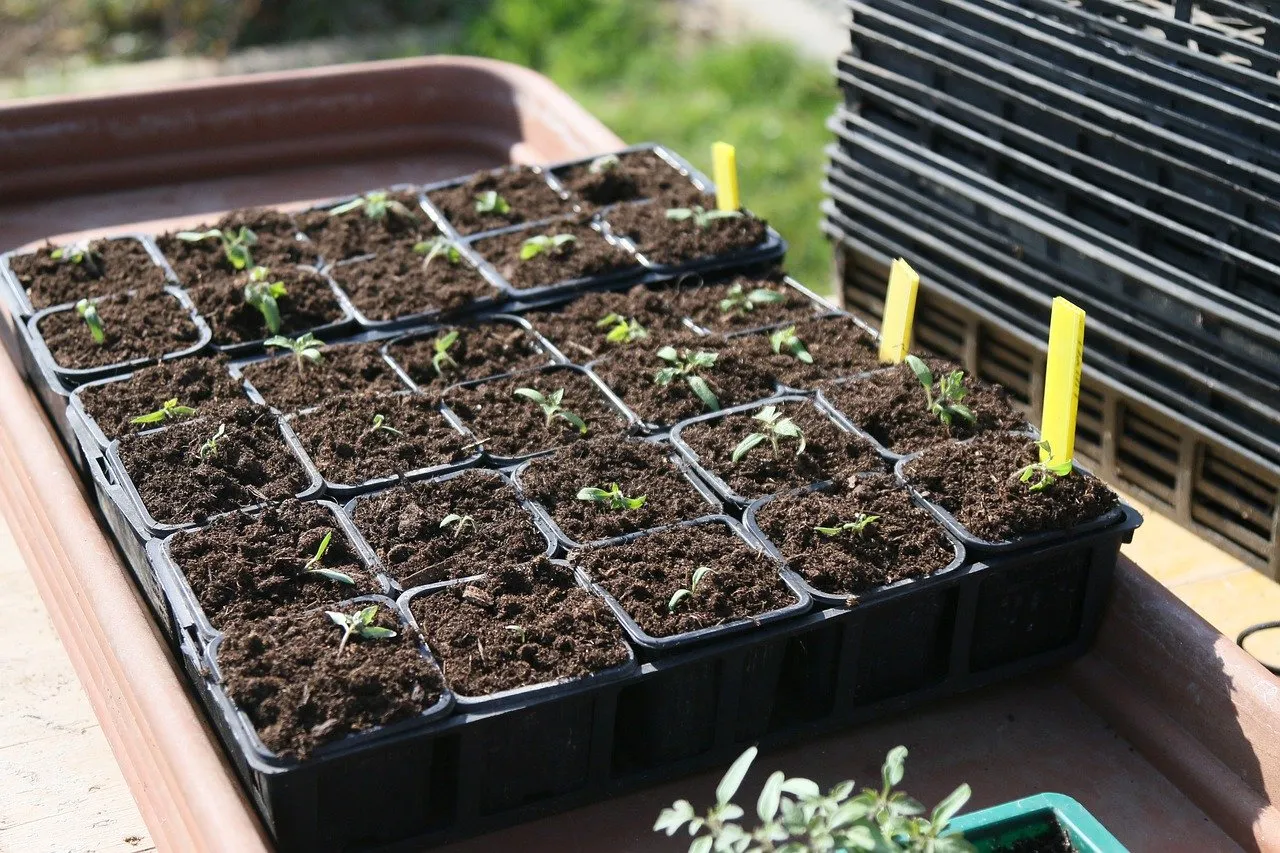
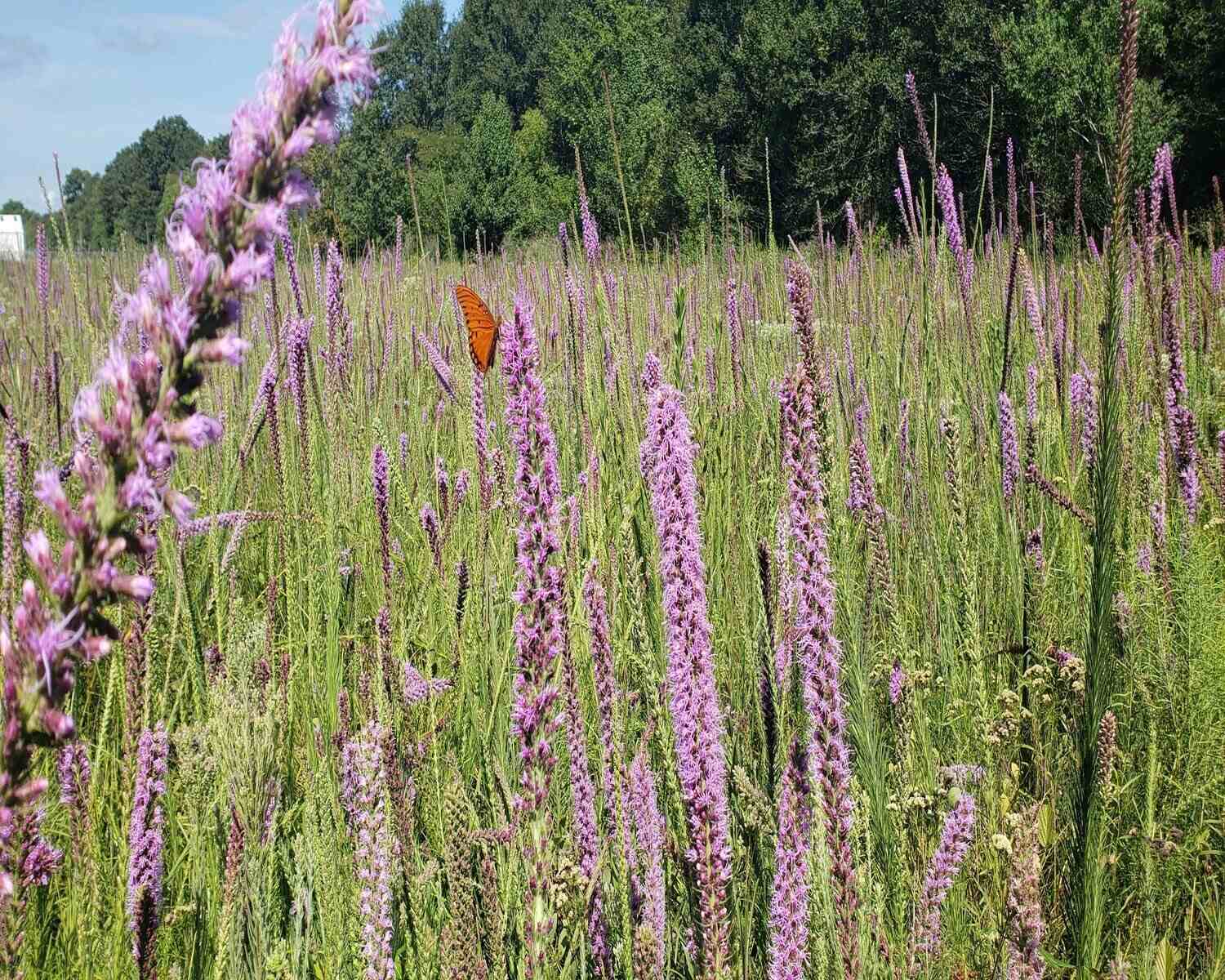
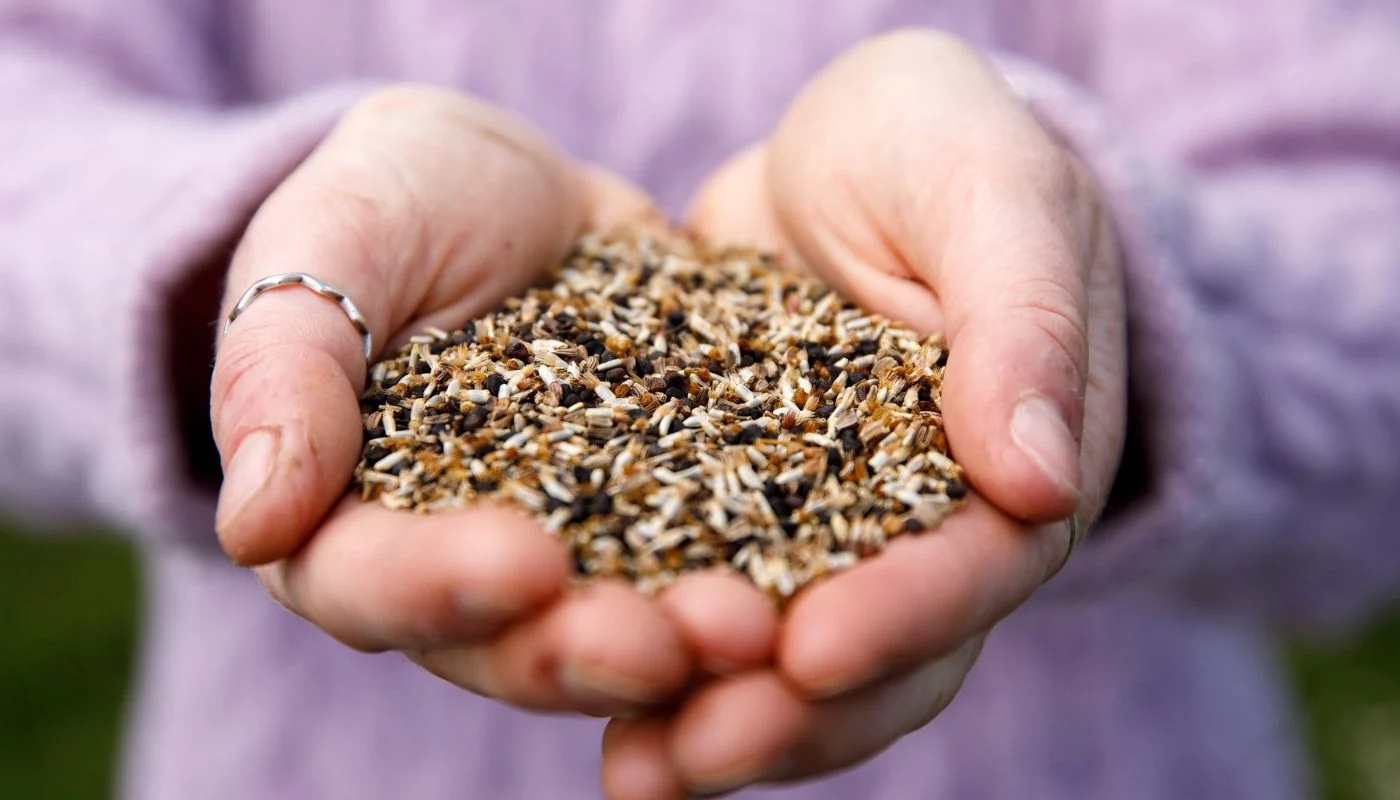
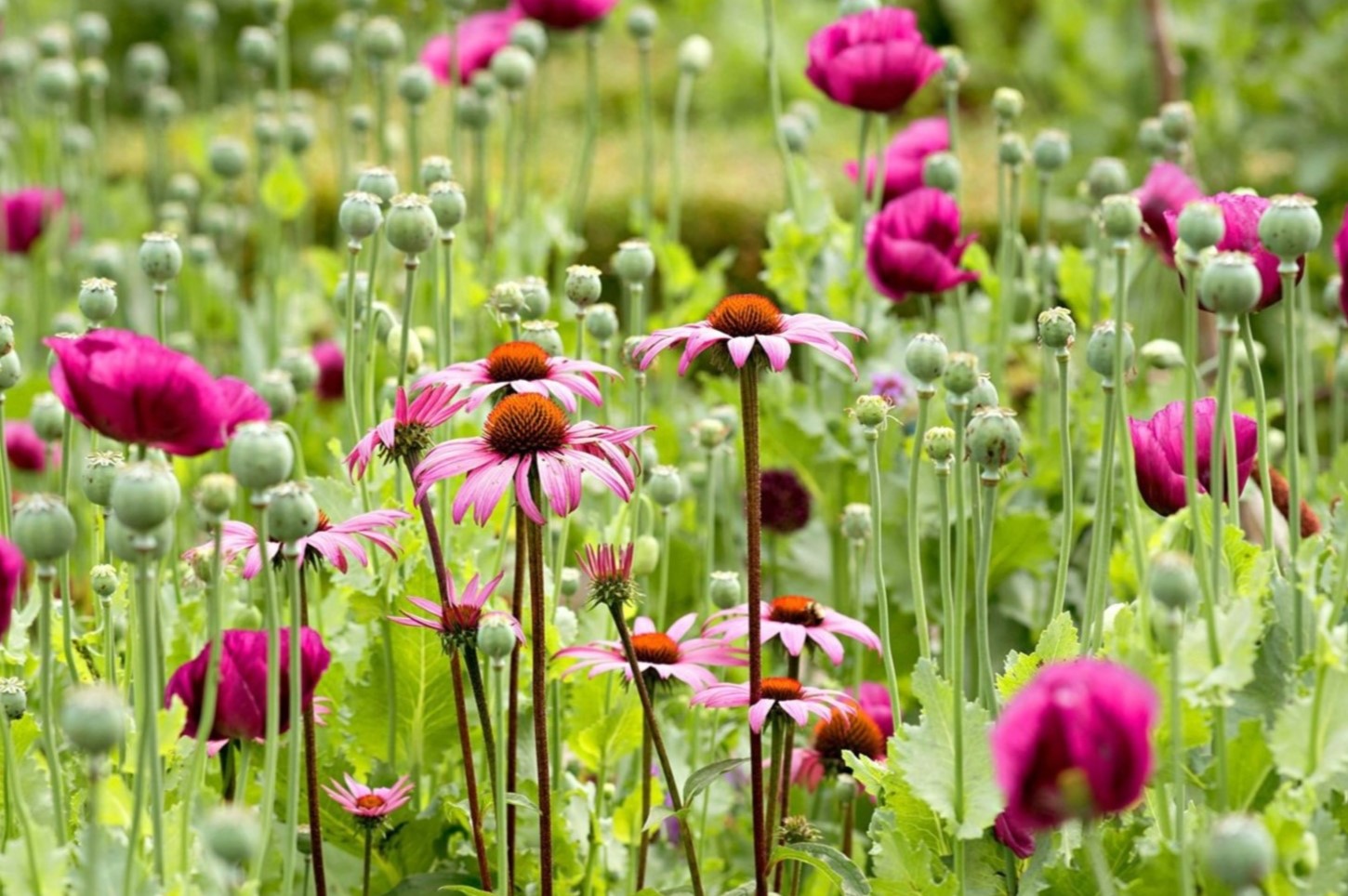
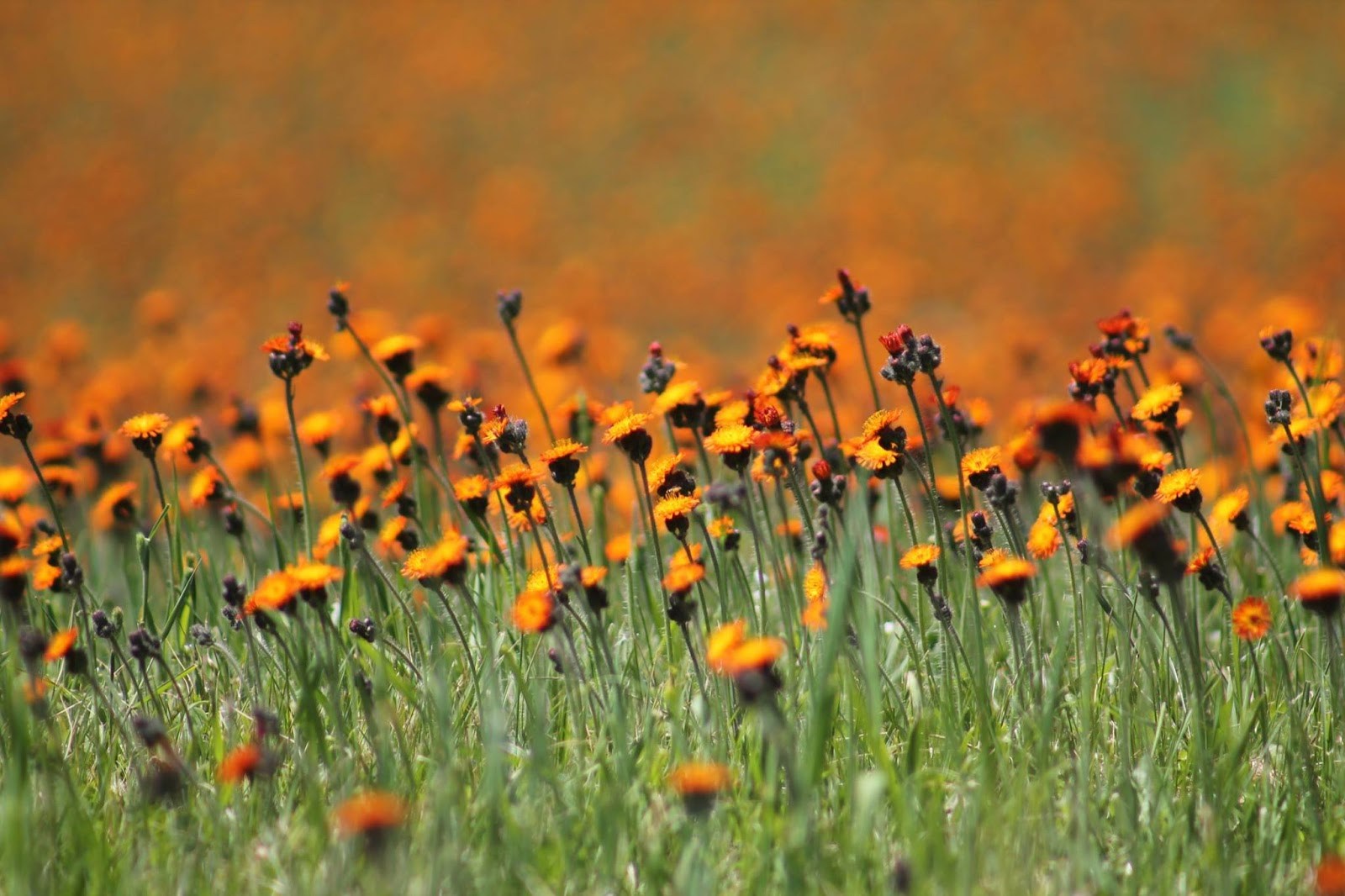
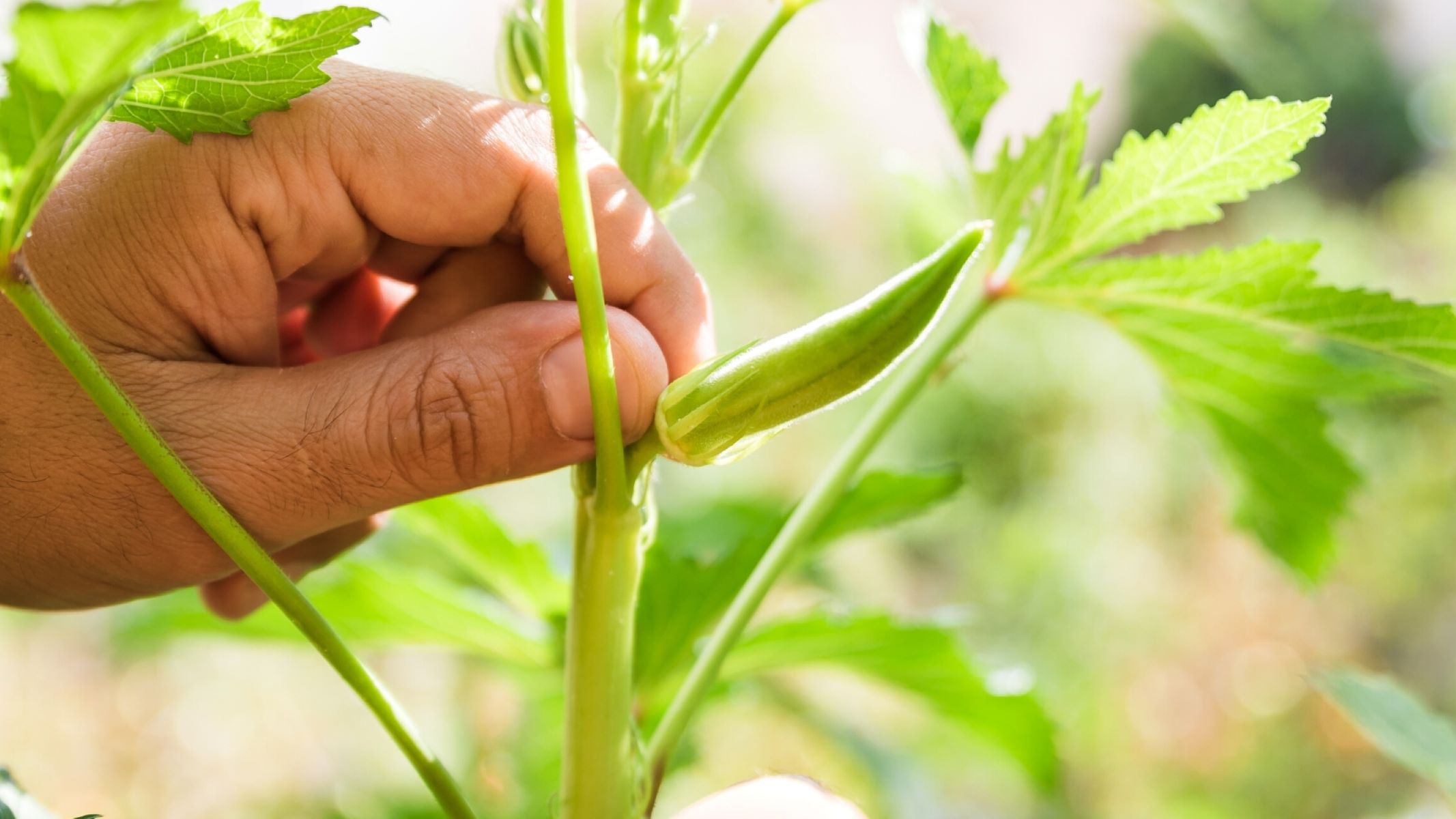

0 thoughts on “When To Sow Wildflower Seeds In The UK”